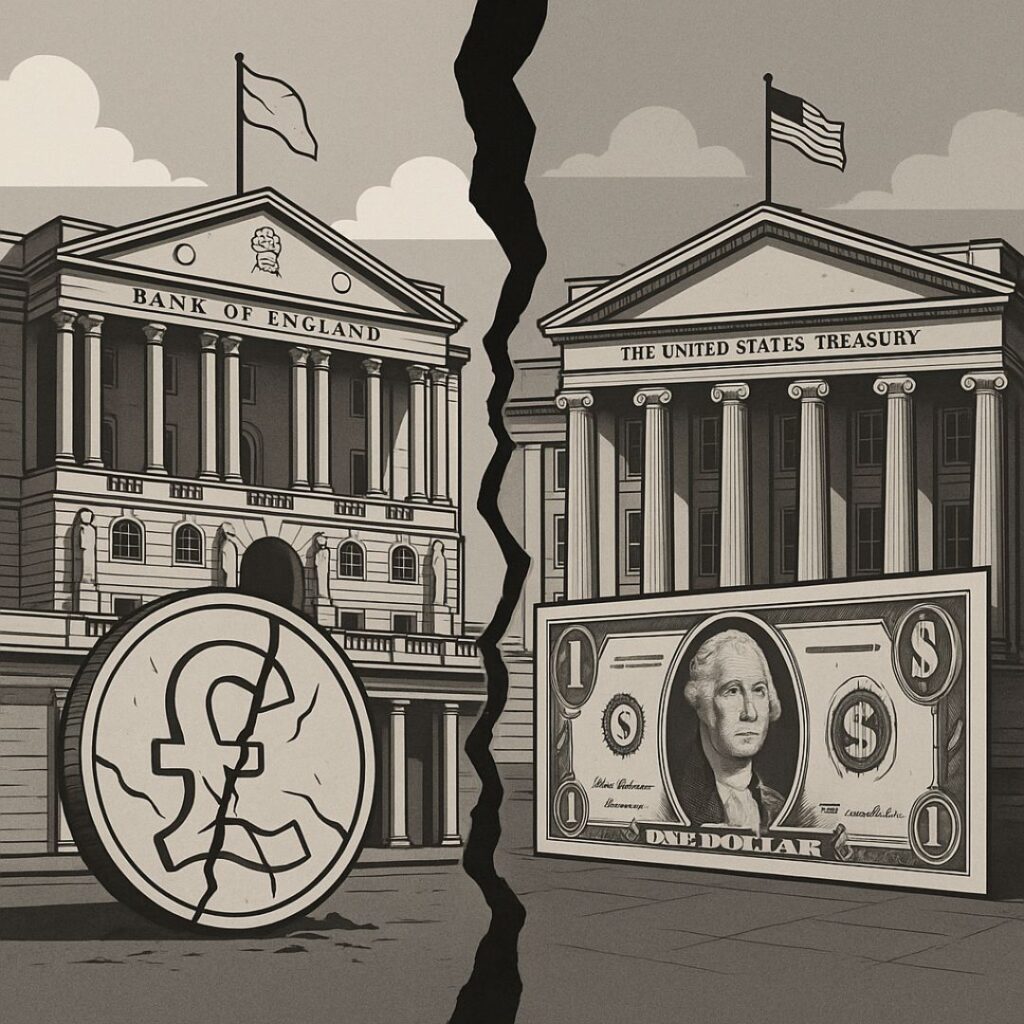A calm voice at the helm can still cause storms offshore.
Scott Bessent Now Runs the Treasury. He Once Helped Crash the Bank of England.
Scott Bessent, the current US Treasury Secretary, has always operated behind the curtain. He is not just a government official. He is one of the sharpest macro minds of the last four decades. His resume reads like a blueprint for financial power: hedge fund lieutenant, central bank adversary, and now head of the world’s largest treasury.
- Scott Bessent worked under George Soros during the infamous Black Wednesday short against the British pound
- He was one of the architects behind the 1992 attack that broke the Bank of England’s defense of the pound sterling
- Soros made over $1 billion on that trade, and Bessent was one of his top traders and strategists
- Later, Bessent ran Soros Fund Management with over $25 billion in assets
- Today, he manages the largest public treasury on Earth with direct influence on global bond flows, currency stability, and economic confidence
Bessent’s strength lies in understanding fragility before others see it. On Black Wednesday, that meant front-running the collapse of Britain’s currency peg. The UK had joined the European Exchange Rate Mechanism in an attempt to stabilize the pound. But rates were misaligned, and inflation was rising. Bessent and Soros knew the defense would fail. They shorted the pound relentlessly until the Bank of England capitulated. Britain pulled out of the ERM. The pound plummeted. The trade became legend.
Few traders get to test their ideas on national balance sheets. Even fewer end up running one. As Treasury Secretary, Bessent now oversees over $36 trillion in US debt, manages auctions of Treasuries, liaises with the Fed, and helps steer fiscal policy under the executive branch. The position requires more than paperwork. It demands credibility, calm, and global trust.
Bessent’s presence also signals something deeper. Markets still move on psychology, not just numbers. He understands that a single misstep in rate policy or debt auctions can ripple through sovereign bonds, emerging markets, and private credit. His track record suggests he is not in the job to make noise. He is there to avoid panic before it starts.
From Macro Havoc to Monetary Control
What makes this moment unusual is how monetary history is looping back on itself. The same forces Bessent once bet against—currency pegs, unsustainable policy, blind optimism—are resurfacing globally. Emerging markets defend against capital flight. Europe struggles with uneven debt loads. Even the dollar, for all its strength, faces long-term threats from digital alternatives.
This is where crypto enters the frame. Sovereign pressure and monetary fragility are no longer reserved for developing nations. The appetite for programmable, self-custodied money is rising. While Bessent defends the dollar’s dominance, others are quietly building around it. That duality will shape the next phase of global finance.
Macro power is shifting. Learn how digital money fits the new map.

